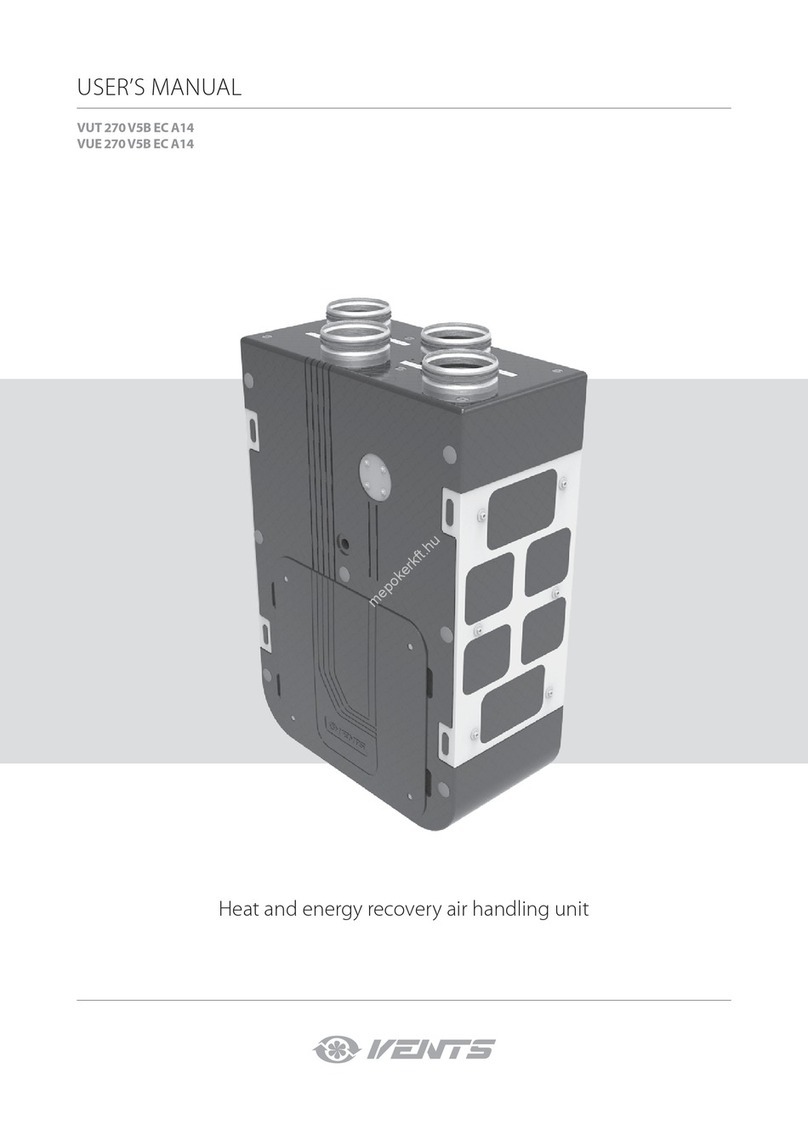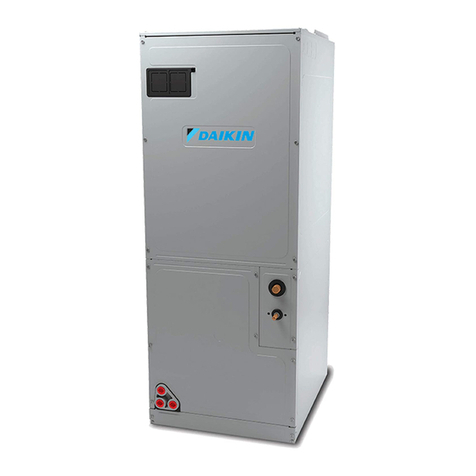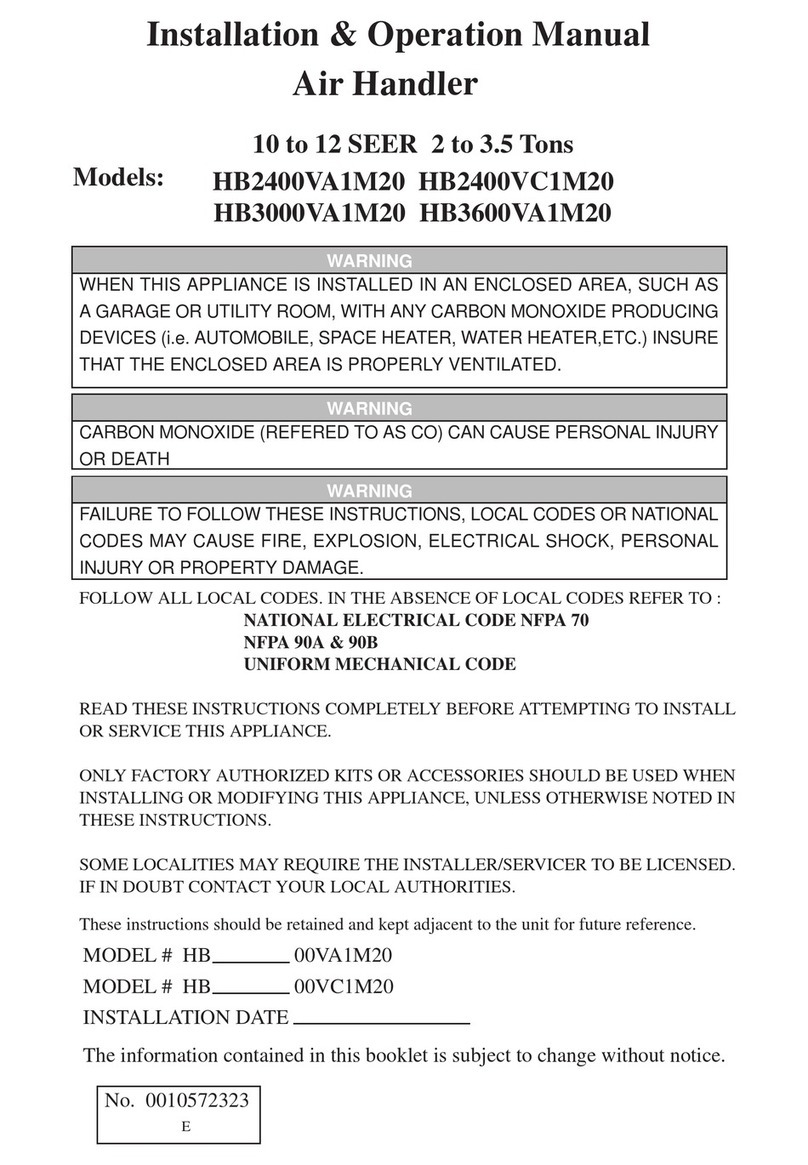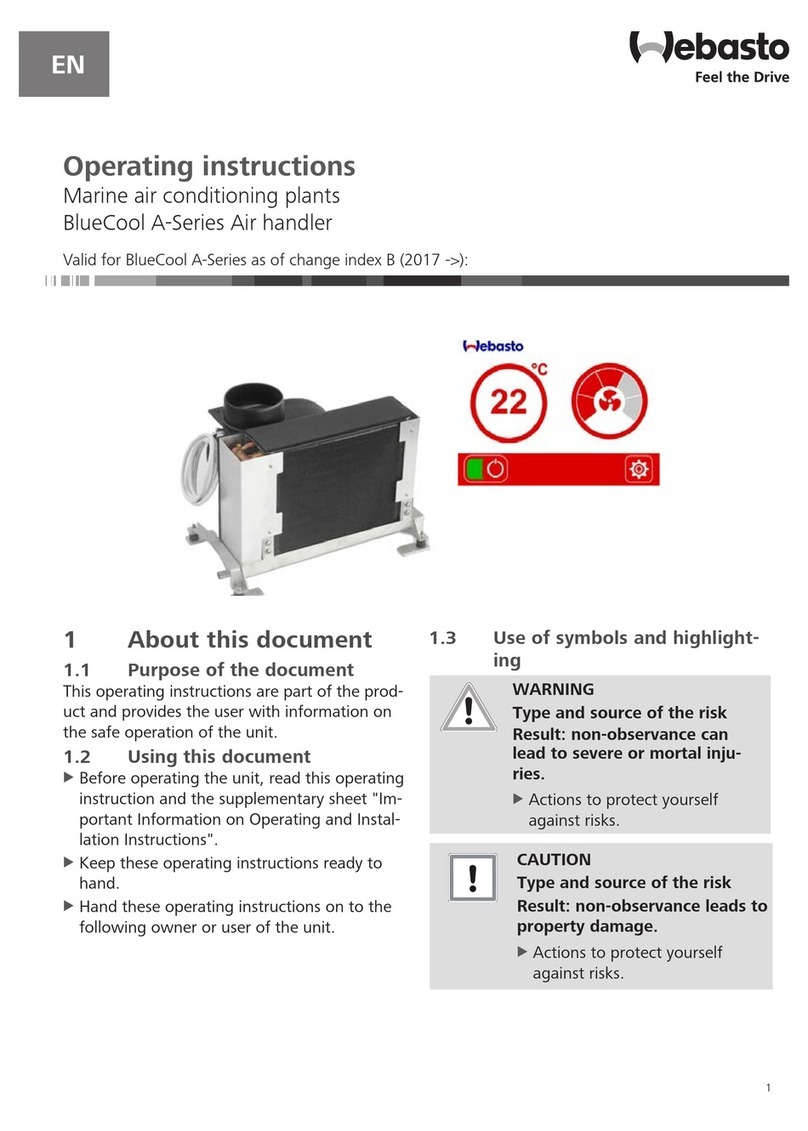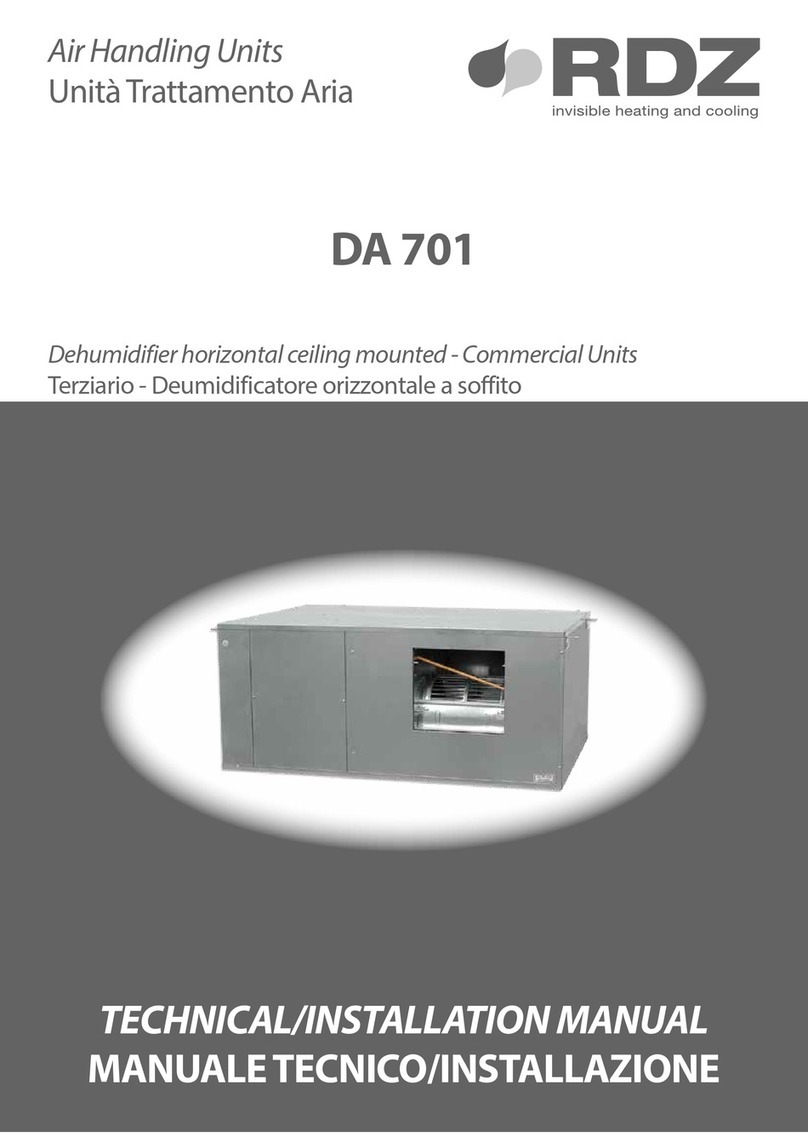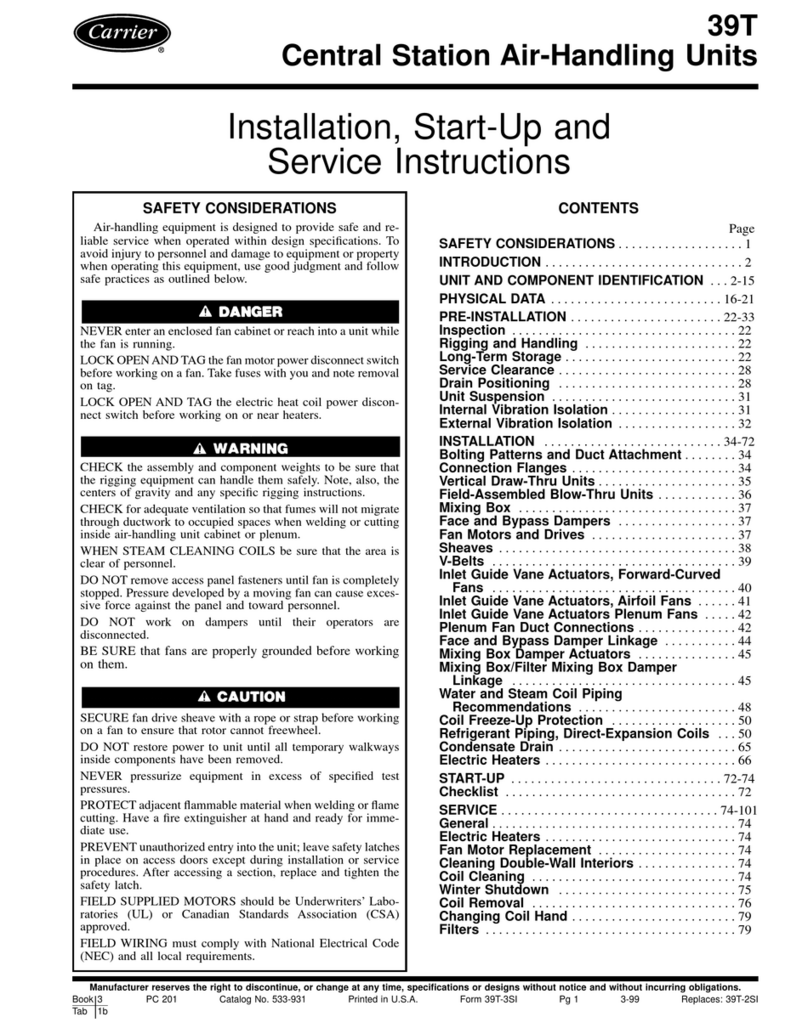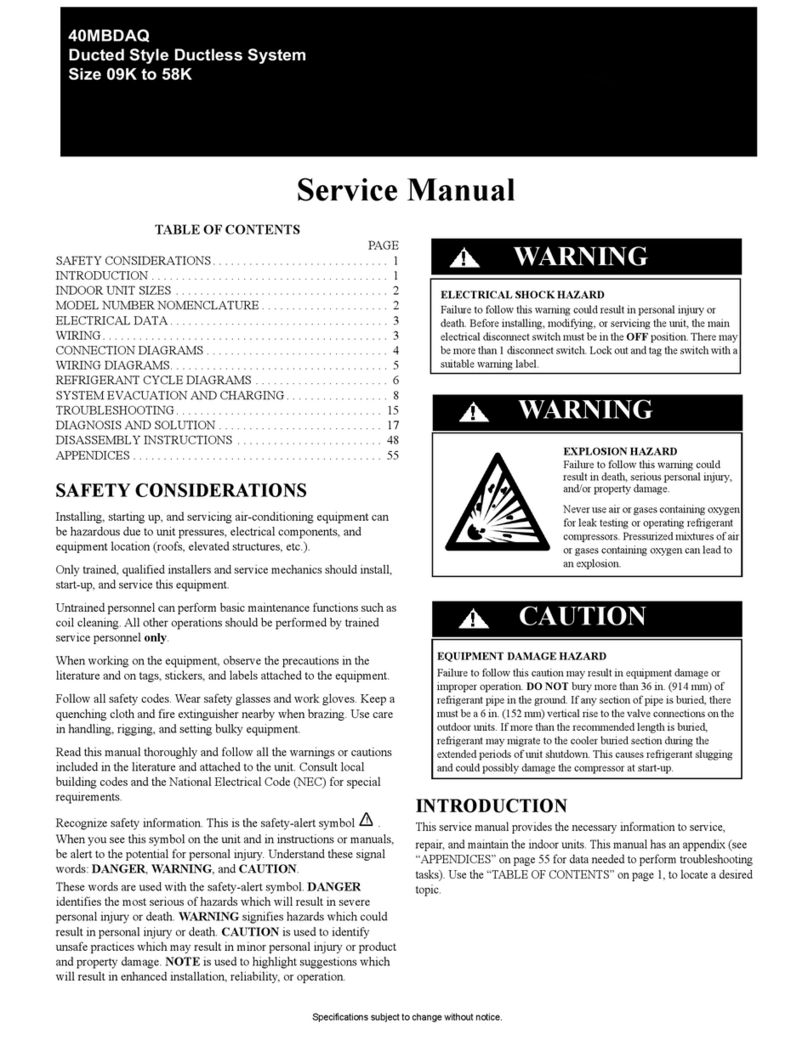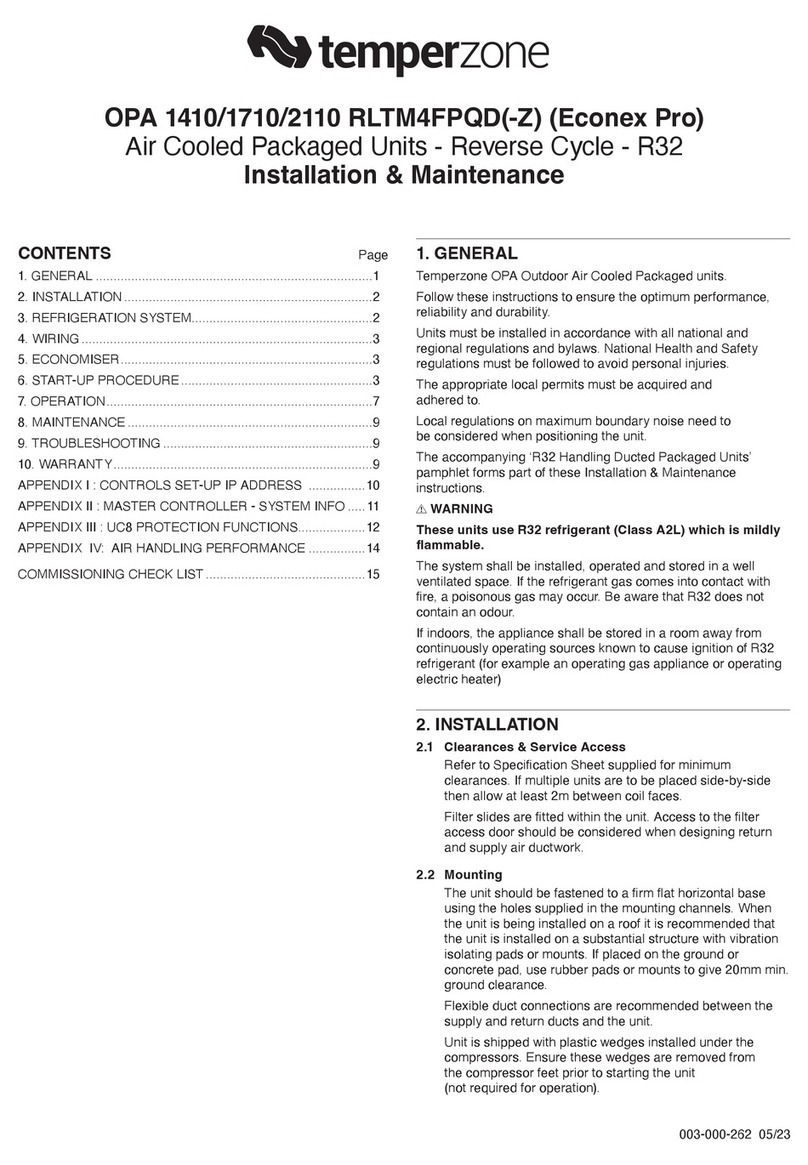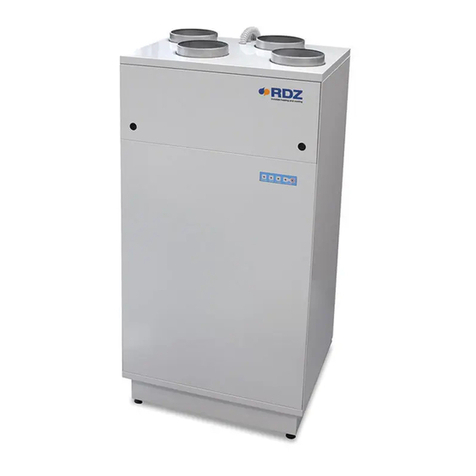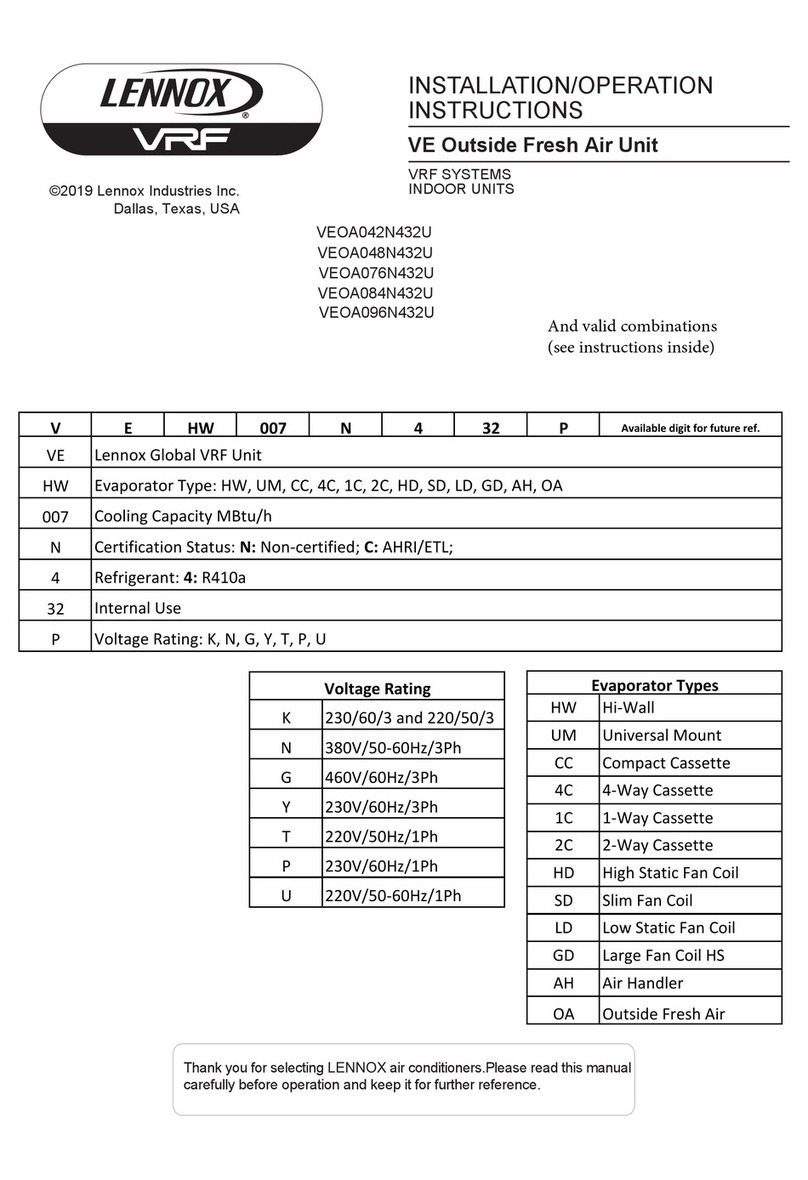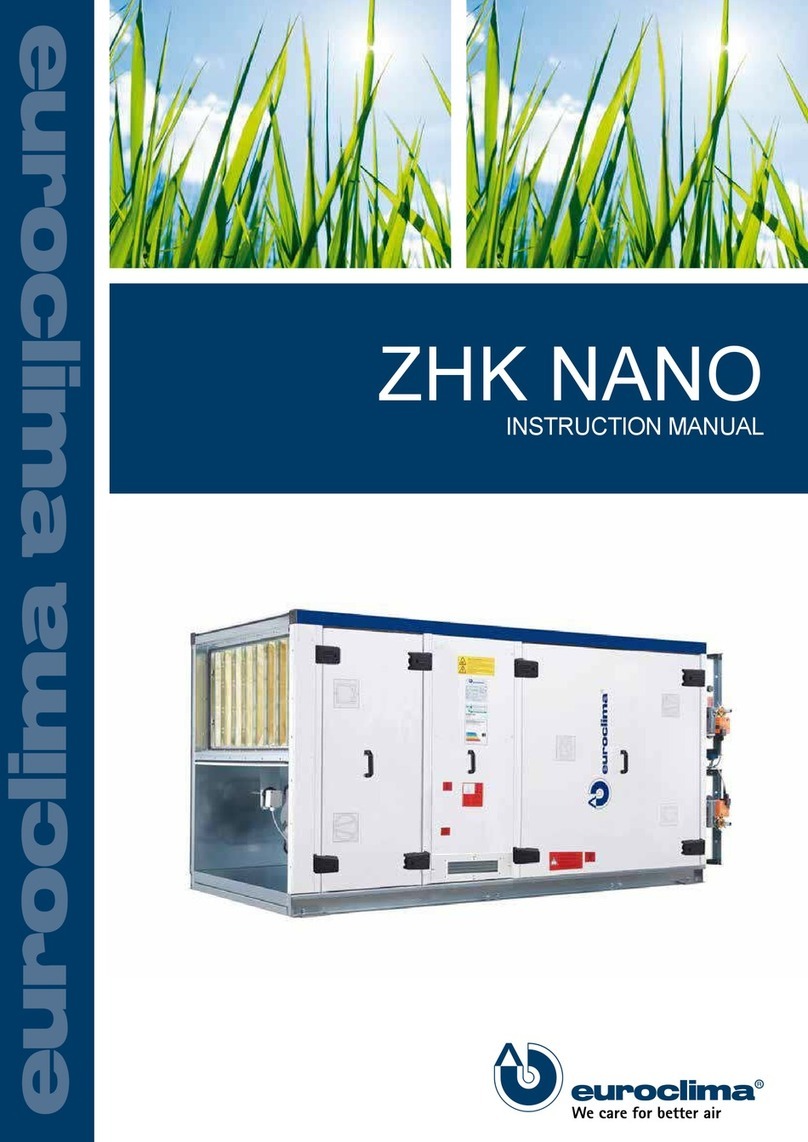
Instruction Manual ZHK NANO
2/64 V07-21.0
Table of contents
1Introduction ............................................................................................................................ 4
1.1 Supplementary instructions to this instruction manual ..................................................... 4
1.2 Limitation of liability ......................................................................................................... 4
1.3 Type key.......................................................................................................................... 4
1.4 Intended use / foreseeable misuse .................................................................................. 5
1.4.1 Intended use ........................................................................................................................5
1.4.2 Foreseeable and considered misuse...................................................................................6
1.5 Modular design................................................................................................................ 7
1.6 Documentation ................................................................................................................ 7
2Safety instructions / Guidelines to conformity to laws and directives ............................... 8
2.1 Symbols in this manual.................................................................................................... 8
2.2 Personal protective equipment ........................................................................................ 9
2.3 Indications for minimizing specific hazards .................................................................... 10
2.4 Conformity with directives, regulations and laws / Assembly instructions for safe and
compliant operation ....................................................................................................... 12
2.4.1 EC declaration of conformity in accordance to EC machinery directive 2006/42/EC........12
2.4.2 Installation instructions for a safe and compliant installation in the building system .........14
On site assembly and installation ................................................................................... 14
ErP conformity according to commission regulation (EU) Nr. 1253/2014 ....................... 15
Conformity to VDI 6022 .................................................................................................. 15
2.5 Staff selection and qualification ..................................................................................... 16
3Reception control / unloading / transportation to installation site ................................... 17
3.1 Reception control .......................................................................................................... 17
3.2 Lifting by forklift / lift truck .............................................................................................. 17
3.3 Further necessary actions for the overlifting of both, delivery sections on crane lugs as
well as monoblocs ......................................................................................................... 18
3.4 Lifting of ZHK Nano AHUs ............................................................................................. 20
3.4.1 Weight specifications of ZHK Nano AHUs and additional parts ........................................21
3.4.2 Mounting of crane lugs.......................................................................................................21
3.4.3 Lifting of ZHK Nano AHU by crane lugs ............................................................................23
3.5 Storage.......................................................................................................................... 23
4Foundation / erection ........................................................................................................... 24
4.1 Foundation .................................................................................................................... 24
4.2 Erection......................................................................................................................... 25
4.2.1 Potential risks that could arise at the erection site ............................................................25
4.2.2 Actions to prevent potential risks .......................................................................................26
4.2.3 General indications for the erection ...................................................................................26
5Assembly .............................................................................................................................. 27
5.1 Assembly of casing........................................................................................................ 27
5.1.1 Actions before the assembly of casing ..............................................................................27
5.1.2 Standard connections and connection components..........................................................29
5.1.3 Establishing the screw connection of AHU parts ...............................................................30
5.1.4 Special features for roof AHUs and device separations at wet areas ...............................31
5.1.5 Securing the position of AHUs...........................................................................................32
5.2 Doors ............................................................................................................................ 32
5.3 Dampers........................................................................................................................ 33
5.4 Airfilters ......................................................................................................................... 34
5.4.1 Laterally removable bag filters with clamping mechanism ................................................34
6Installation ............................................................................................................................ 36
6.1 Heat exchanger connection ........................................................................................... 36
6.1.1 General notes ....................................................................................................................36
6.2 Drain for condensate and excess water......................................................................... 38
6.2.1 Standard siphons ...............................................................................................................38
